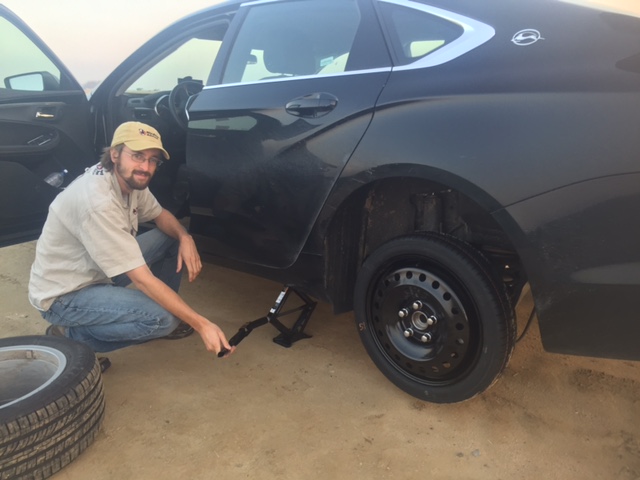December 15 - 23: USA (2)
25 December 2016 · Arjan Dwarshuis · 7987 × bekeken
PLEASE MAKE A DONATION NOW
http://world.observation.org/arjan.php
http://www.arjandwarshuis.com/#biggestyear
December 15th BIRDING IN AN ICY LANDSCAPE
After spending the night in a motel near Duluth Ethan and I headed north towards the famous Sax-Zim Bog. It was still dark and the thermometer said -28 degrees Celsius at one point, making this the coldest place I've ever been. Just as it was getting light we met our guide Sparky at a roadside restaurant and in his comfortable van - with much needed seat heaters - we headed into the Sax-Zim Bog. This network of boreal forest, swamps and fields is North America's most well-known place to see the northern specialties.
The first species we saw was a family of Ruffed Grouse. Not long thereafter we bumped into a Black-backed Woodpecker, a species that can be notoriously difficult to find. Unfortunately we missed a Great Grey Owl by exactly one minute which was quite painful, but luckily I've seen this amazing species before in Sweden. Other good birds over the course of the morning were White-winged Crossbill, Sharp-tailed Grouse, Boreal Chickadee and a pair of Pine Grosbeaks.
In the afternoon we headed to Duluth to check the freezing cold shoreline of Lake Superior for gulls. We managed to find two Thayer's Gulls and one Glaucous Gull among the many American Herring Gulls. Just before dusk Ethan and I drove back to Sax-Zim Bog to give the Owl one more go, but our efforts were in vain. We spent the night in Minneapolis with the Sundvall family, who had kindly invited us over. It is really great how the network of birders here in the US offers us places to sleep and eat, it is very much appreciated!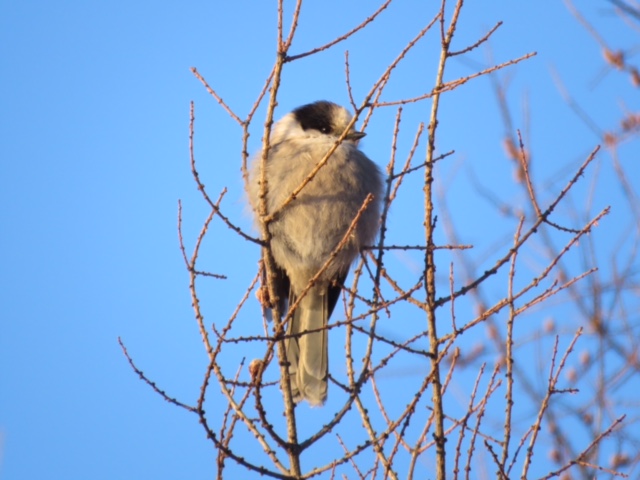
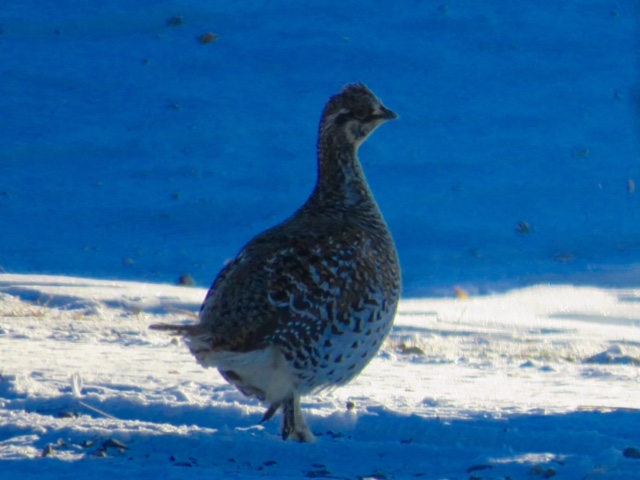
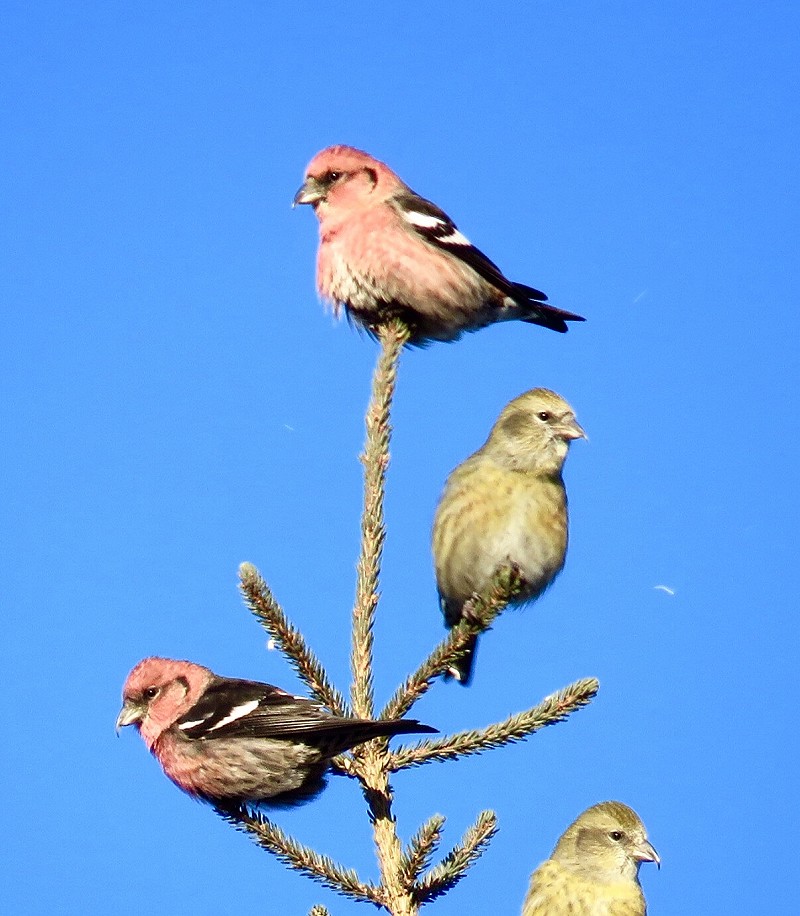
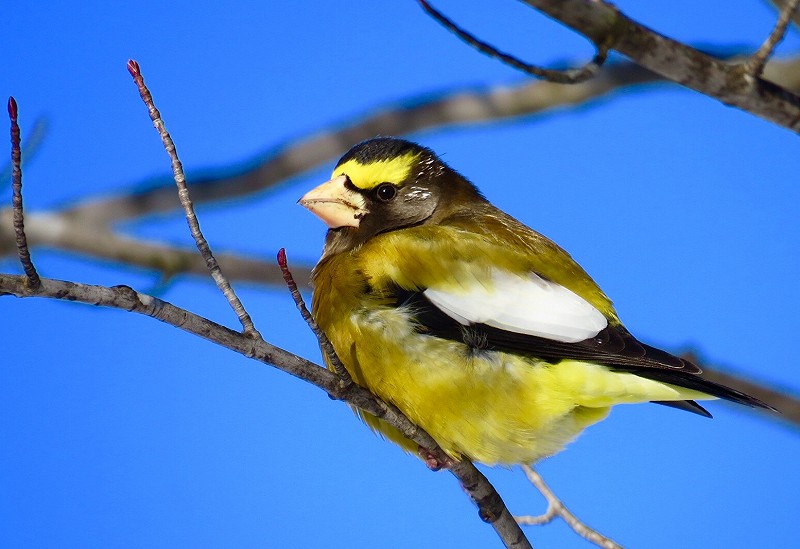
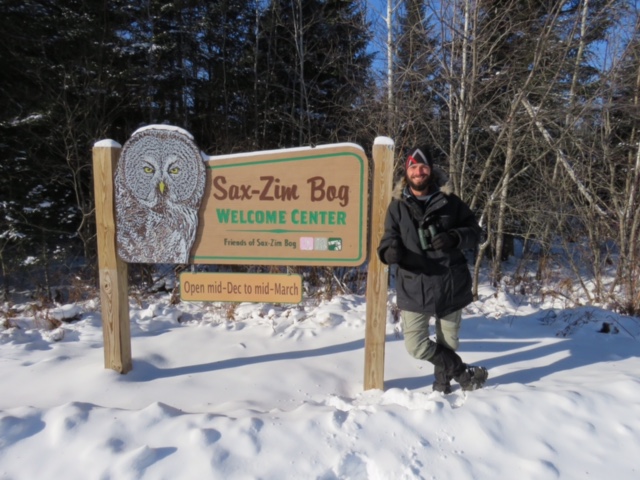
December 16th DODGING SNOWMAGEDDON
Our flight left Minneapolis at 6 AM. When we arrived in Albuquerque a couple of hours later we found out that a snow blizzard of unprecedented proportions had hit the entire state of Minneapolis, making all airline traffic impossible. We dodged a bullet there.
At the airport of Albuquerque we were picked up by Michael Hilchey, with whom I'd been birding my entire 17 days in Mexico. A nice rendezvous. It wasn't snowing or freezing around Albuquerque, but still conditions were hard with cold weather and gale force winds. We spent the day in the surroundings of the city which offers some exciting birding. Most well know is the Sandia Crest, where all three species of North-American Rosy-finches winter together. We easily found a flock of ten bird which contained both Black and Brown-capped Rosy-finch, but not the hoped for Grey-crowned Rosy-finch. Guess we will have to try again for that one in two days. After finding Sage Thrasher against all odds - by now weather conditions were horrible - we finished our day with a female Rusty Blackbird that we twitched in a small city park.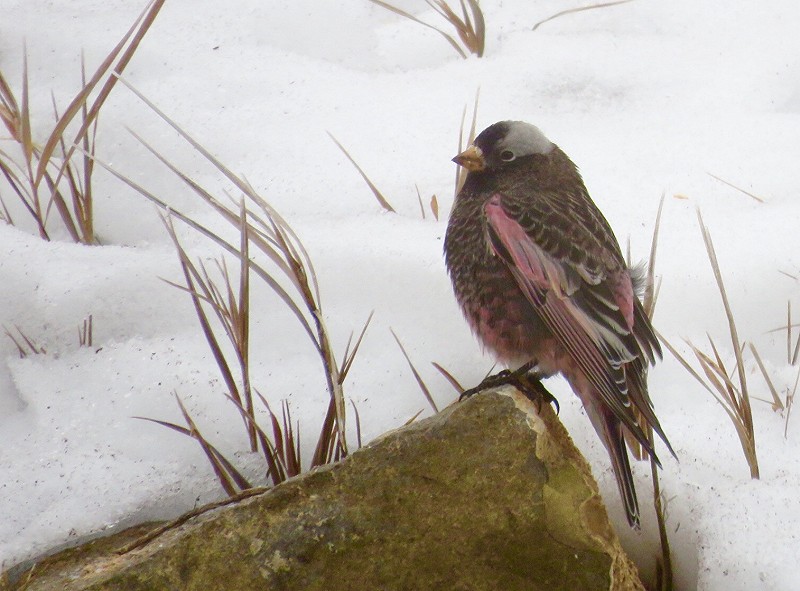
December 17th BATTLING BAD WEATHER
We left Michael's house in Albuquerque early so that we would arrive at Bosque del Apache National Wildlife Refuge at dawn. Upon arrival it become clear to us that weather conditions were still horrible, with strong winds and rain. Luckily the birds we needed here were not so weather dependent and we found flocks of thousands of Ross's and Snow Geese. Later in the morning we birded the pine forest covered hillsides to the east of Bosque del Apache, but here weather conditions were truly terrible. The rain had turned into snow and with the strong wind being out there was unpleasant to say the least. The birds felt the same because we saw hardly anything. On the way back we totally unexpectedly ran into a flock of about 50 Pinyon Jays, an often difficult and nomadic species.
In the afternoon we drove south to look for grassland species. Our main target was the rare Baird's Sparrow that winters here. I had no hope of finding this highly skulking species with these weather conditions. Miraculously we found a super cooperative bird after searching for just half an hour, with Chestnut-collared Longspur as a big bonus. We finished the day with a showy Western Screech-owl. Not bad for a bad weather day!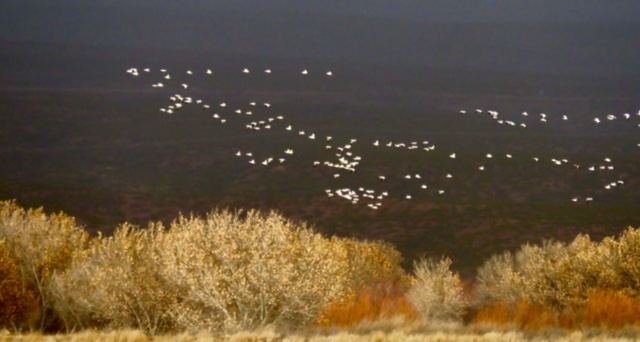
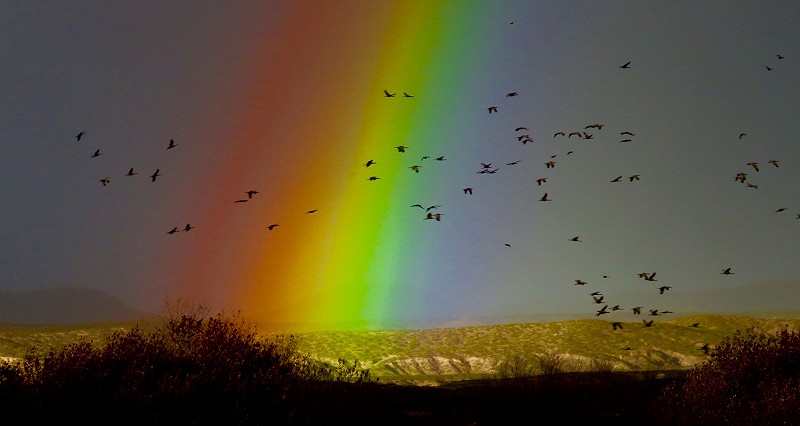
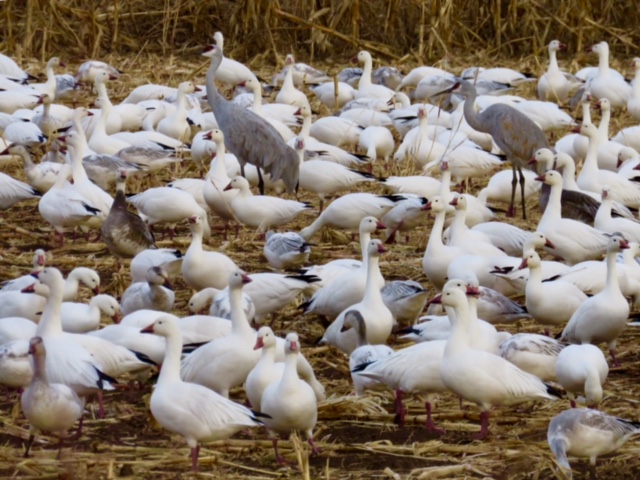
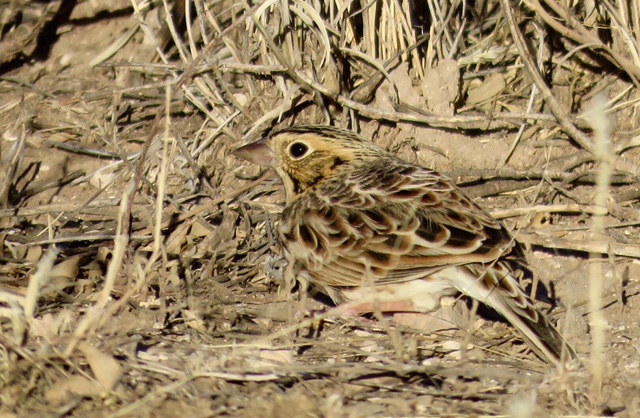
December 18th LEWIS AND CLARK
We had missed Grey-crowned Rosy-finch on day one in New Mexico so today at dawn we were back at Sandia Crest. This time the world around us was covered in snow and it was wind still with clear skies. Subsequently the scenery was absolutely breathtaking from the crest. Unfortunately is was also very cold. Temperatures of more than 20 degrees below zero made waiting for finches a bone chilling experience. Luckily we were rewarded after half an hour of waiting with two Grey-crowned Rosy-finches. Another good find lower down was a calling Northern Pygmy-owl.
Next we drove to the other side of Albuquerque where we found Sage Brush Sparrow after some thorough searching.
Since our flight to San Diego would leave quite late in the evening we had time to drive north and look for some real quality birds. In the pine forest surrounding Los Alamos - where the atomic bombs that were dropped on Hiroshima and Nagasaki during WW2 were developed - we found the beautiful and a-typical Lewis's Woodpecker followed not long thereafter by two pairs of Clark's Nutcrackers. Our last new species in New Mexico was Barrow's Goldeneye, of which we found two drakes on a river with Goldeneyes.
Thanks Michael and BRANTTours for helping and hosting us in New Mexico!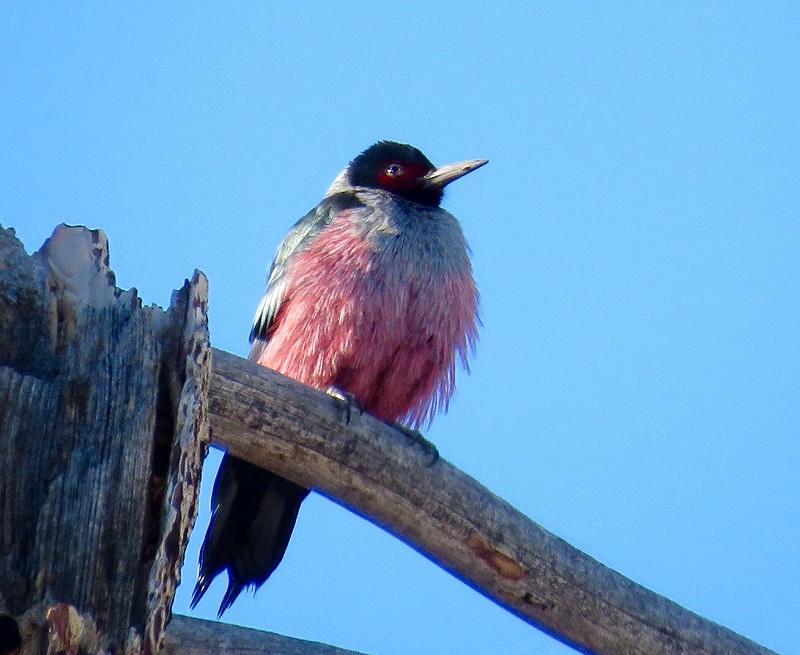
December 19th THE COAST OF SAN DIEGO
After a delayed flight and several hours of sleep in the rental car, Ethan and I were ready for a day of birding around San Diego. We got help from one of the city’s top birders, Gary Nunn. We started with a sea watch, which gave us a nice selection of west coast birding. Personal highlights were Wandering Tattler and Black Turnstone. An unexpected find a on a rocky harbor head was a very showy Surfbird and, even better, a 'Large-billed' Savannah Sparrow. This subspecies is basically restricted to Baja California and surely deserves full species status. At a saltmarsh on the southern edge of the city we found a Ridgway's Rail, a recent split from the Clapper Rail-complex. Next we drove up to Mexican border where Gary quickly found us the monotypic Wrentit and California Gnatcatcher, Thrasher and Towee. This day was going smooth as a whistle! Our next target was a tricky hit-or-mis bird, the Bell's Sparrow. Not today, we found one without even trying. Our last target of the day was also the rarest, the endangered Tricolored Blackbird. This species has undergone an alarming decline in the last decades because of the loss of native grasslands to urban and agricultural developments. The colonial nature of the species makes it especially vulnerable (like for example the Passenger Pigeon). Luckily this rare species is very easily found in winter around San Diego if you know exactly where to look. We found a group of more than 40 birds in a small suburban park! After this highly successful day Ethan and I said goodbye to Gary and drove over to the sleepy town of El Centro, near the famous Salton Sea. Thanks Gary for helping us out today!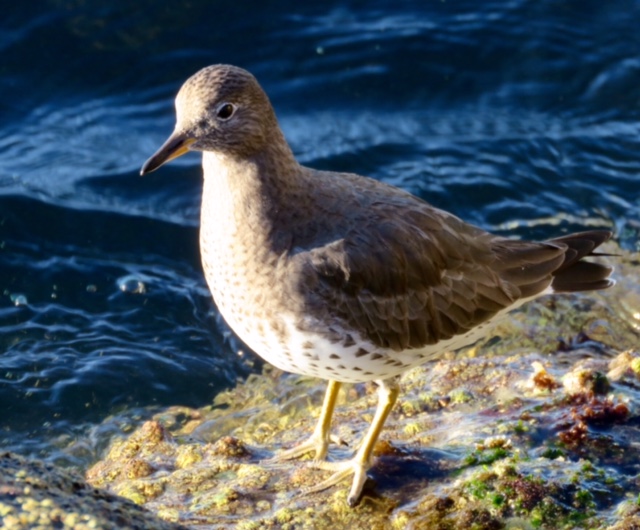
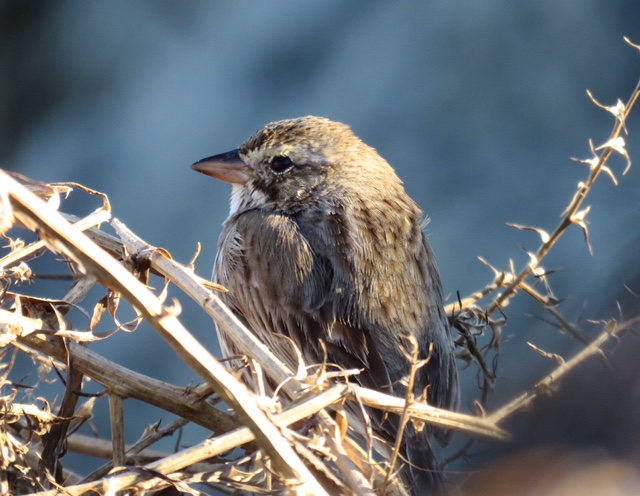
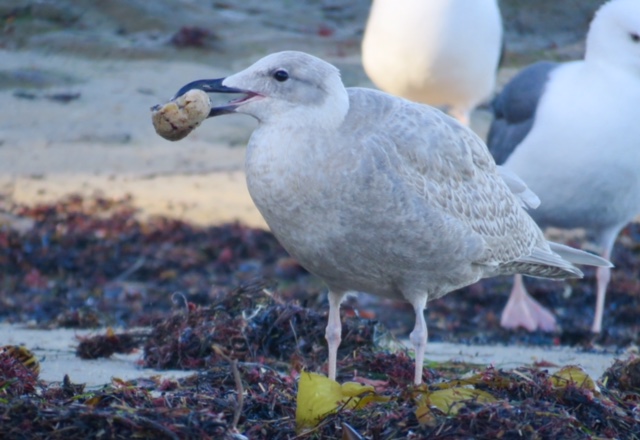
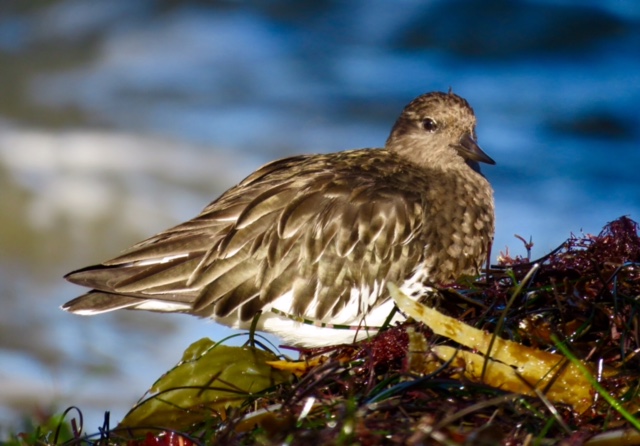
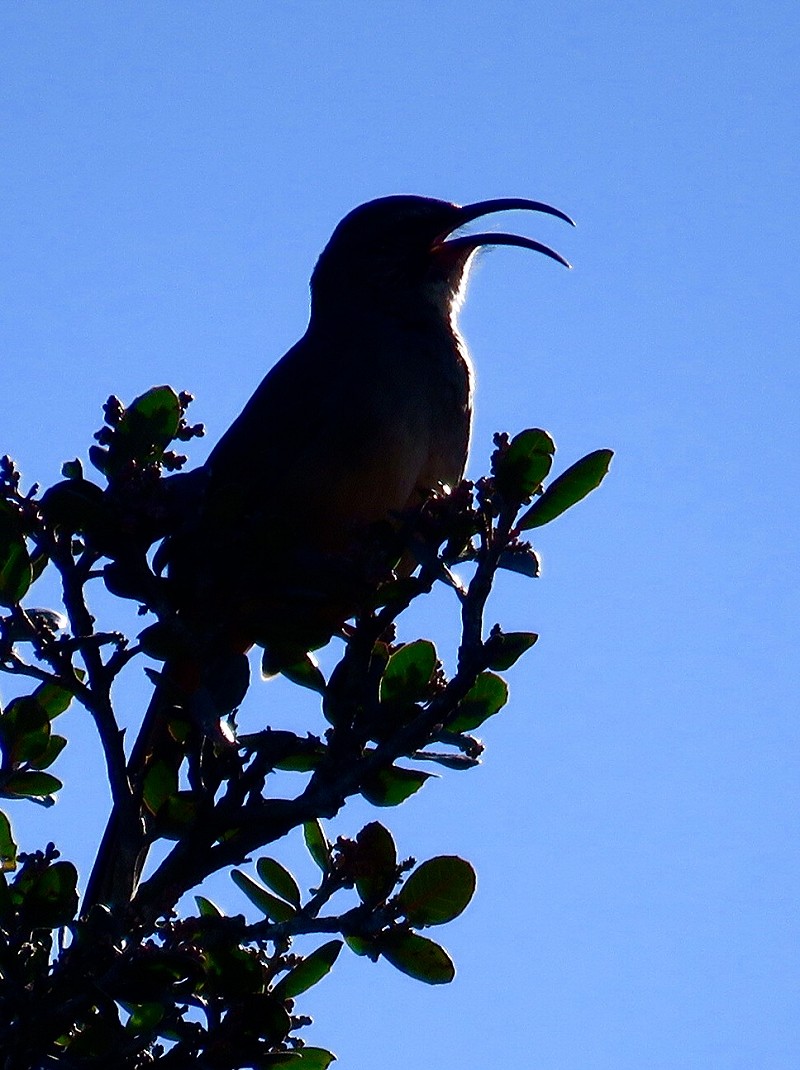
December 20th EVEN MORE THAN WE COULD HAVE BARGAINED FOR
We started our day birding around the Salton Sea. This huge saline lake in the middle of the desert was created after a human caused flooding incident of the Colorado River in 1905. Now the lake's primary water source is the agricultural runoff from the surrounding industries. Subsequently, the Salton Sea had become so polluted that once every few years toxicity levels become so high that almost everything in the lake dies. Since the heavily polluted lake is the only source of open water in the desert it functions as a macabre oasis for birds. Its stinking shoreline attracts hundreds of thousands of shorebirds, waterfowl and gulls that otherwise would use the Colorado River and delta as a stop-over site and wintering ground. Unfortunately the water in the Colorado River has only reached its delta in the Gulf of California a few times after the 1960's. This is because 40 million people inside and outside the watershed completely depend on the river for their water supply. In fact, the lower 100 miles of the Colorado River is mostly bone dry. In less than ten years from now, the remaining water in the Colorado River will almost certainly be finished, which means that there will be a water shortage of unprecedented proportions. More than 40 million people will have to look for alternative sources of water in the very near future. Maybe cutting on the number of golf courses and swimming pools would do the trick (I have never seen so many golf courses as here, in the middle of the dessert). It doesn't look good with the coming four years Trump presidency. This dangerous climate change denier will put these sort of issues at the bottom of his agenda. He believes he's 'gonna make America great again', but in fact he will bring the country to its knees.
We did find a couple of rare birds this morning. A flock of more than a hundred Mountain Plovers in an agricultural field, a lonely Yellow-footed Gull among thousands of California Gulls, a bonus Greater Scaup and best of all a self-found Harris's Sparrow - a vagrant to California - near the Salton Sea visitors center. Later that day this bird was chased by more than a dozen birders.
We left the stinking water of the Salton Sea behind us and headed for Joshua Tree NP. Two hours later we arrived at this beautiful park and after half an hour of searching we found our elusive target, the Le Conte's Thrasher. Finding this bird meant that we had found nine out of seven possible targets this morning! Since we had done so well we now had time to drive to San Bernardino National Forest for an afternoon birding session. Again we were successful with a small flock of Lawrence's Goldfinches, a Purple Finch and best, a Spotted Owl accidently flushed from its day roost. We finished this incredibly good day with four Northern Saw-whet Owls!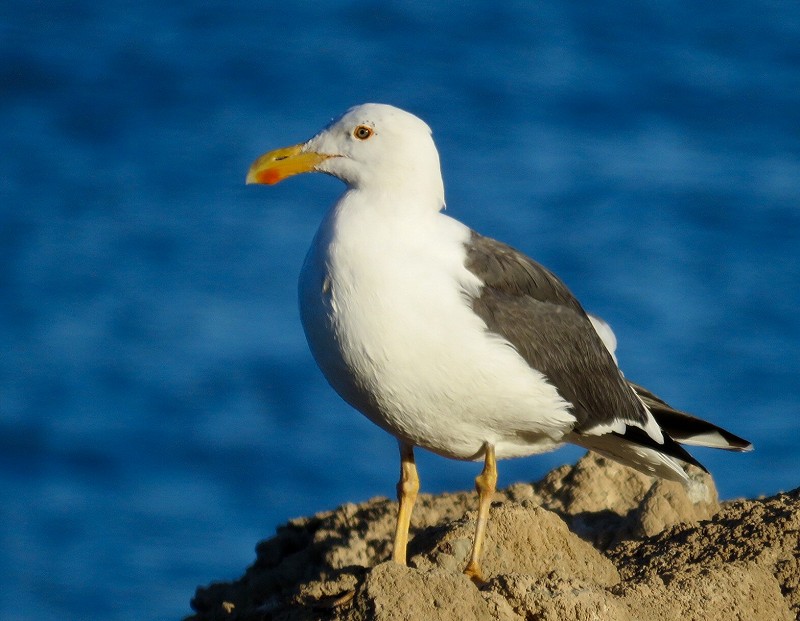
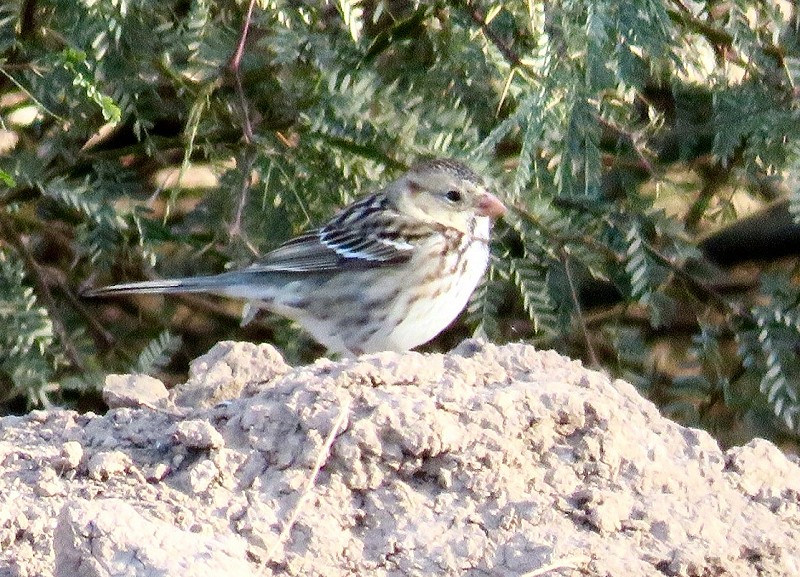
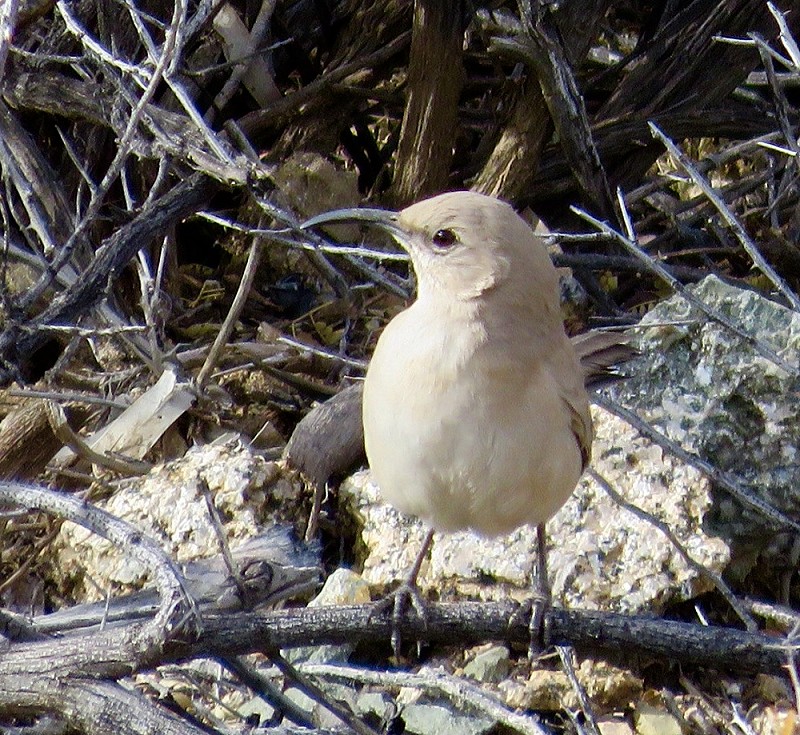
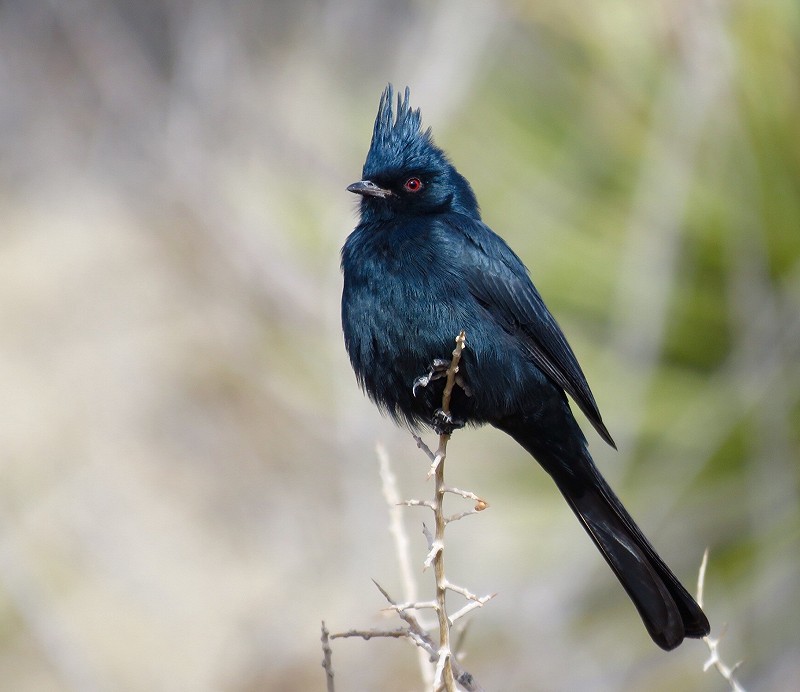
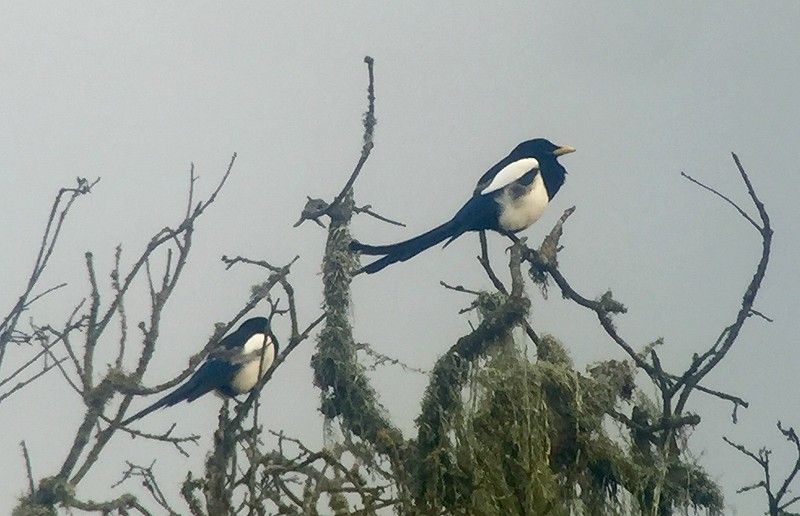
December 21th RUNNING OUT OF TARGETS
After spending a night in the car in suburban Los Angeles - hotels are simply too expensive in this part of the US - we went to a small park to look for a Pacific Wren that had been found here a couple of days before. Since we had done so well the last two days we had now almost completely run out of possibilities for new birds to find. We dipped on the Pacific Wren despite the help of several local birders who were also looking for this bird, but we did find the hoped for Red-breasted Sapsucker. Next we drove up into the pine forest of Angeles National Forest. Here we searched with success for my last possible new woodpecker species in North America, the stunning White-headed Woodpecker. Since we now had no realistic possibilities left in Southern California we made the decision to head north towards Monterrey. En route we made one scheduled stop to look for the range restricted Yellow-billed Magpie, which we found quickly thanks to Ethan's scouting on eBird. We spent the night in Paso Robles at Phil Chaon’s place, with whom Ethan grew up birding with in Ohio.
December 22nd CALIFORNIA CONDORS!
Today was already my last full day of birding in the Americas. We started with a seawatch just south of Monterrey, hoping to find some alcids. Unfortunately the weather was too calm and in two hours we only head a couple of Rhinoceros Auklets. After the seawatch we drove 15 minutes south along the coast to look for a drake Harlequin Duck that had been reported here. We were lucky, the absolutely beautiful duck was still present among a small flock of Surf Scoters. Our last bit of birding near Monterrey was in a small forest reserve. Here we found the hoped for Pacific Wren and Chestnut-backed Chickadee. From here we commenced with the long drive back to Los Angeles. En route we made a stop at Pinnacles National Park to look for one of the world's rarest and most endangered birds, the majestic California Condor. This species went extinct in the wild in 1987 - because of persecution, habitat destruction and lead poisoning - when the last 27 individuals were captured for a ground breaking breeding programme by the San Diego and Los Angeles Zoo. This programme proved successful and the species was reintroduced in the wild in 1991. Nowadays a tiny, but growing population of condors is breeding again in the wild. However these birds will remain critically endangered until the US government officially bans the use of lead bullets. Condors are scavengers that are highly sensitive to lead poisoning and they have a very slow reproductive cycle. Subsequently many birds die of lead poisoning before they reach maturity, this was the reason that made the birds go extinct in the first place.
After paying our 15 dollar entrance fee - which goes to the conservation and protection of the condors - Ethan and I drove into the park. We expected a long wait, but after only ten minutes we had two adult birds souring overhead. One of these birds was wing-tagged, the other one wasn't meaning that bird was raised in the wild! An amazing sighting and what a finish to my 5,5 months in the New World.
After a long drive and some car trouble - we had to change cars due to an unrepairable flat tire - we finally arrived in Long Beach, LA. Here we spent the night at my girlfriend's brother Kaj and and his girlfriend Sam's place.
December 23th ONE LAST US BIRD
My flight to Tokyo would leave at 11 AM, which meant that Ethan and I had time to look for one last new bird for my Biggest Year in the Americas. A female White-winged Scoter had been reported from a beach five minutes from the airport in a large flock of Surf Scoters. We were there at dawn and after half an hour of scanning through flocks of Surf Scoters we finally found the bird! This means that I will leave the New World with 6748 species. With one more week to go in Asia I think that the grand end total will stand between 6850 and 6900 species.
Thank you so much Ethan Kistler for showing me around in the US, we had a blast and a highly successful trip!
Off to Japan!
Arjan Dwarshuis
PLEASE MAKE A DONATION NOW
http://world.observation.org/arjan.php
http://www.arjandwarshuis.com/#biggestyear


